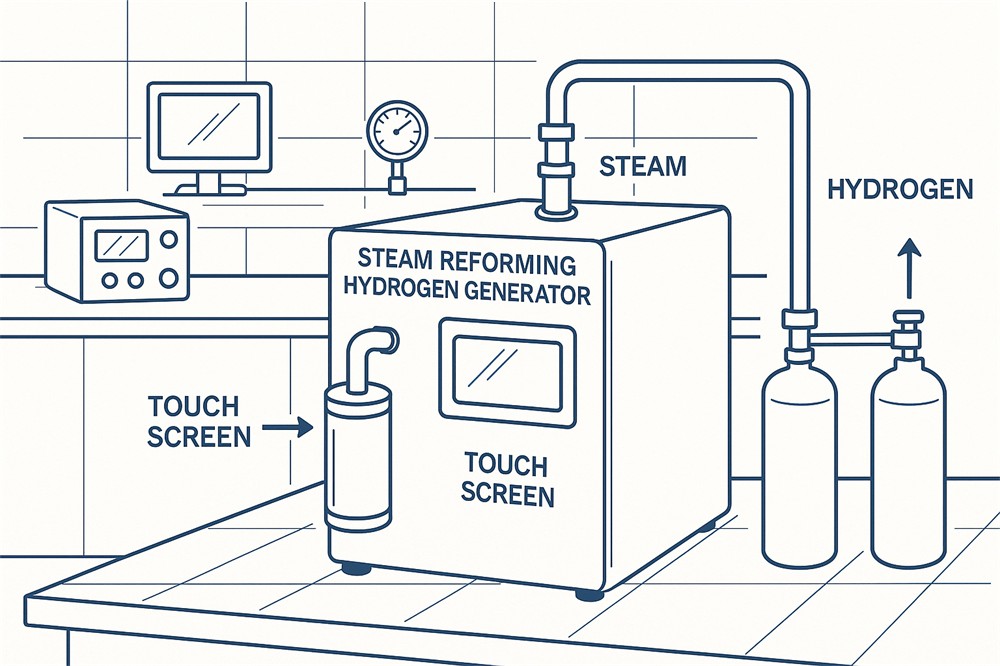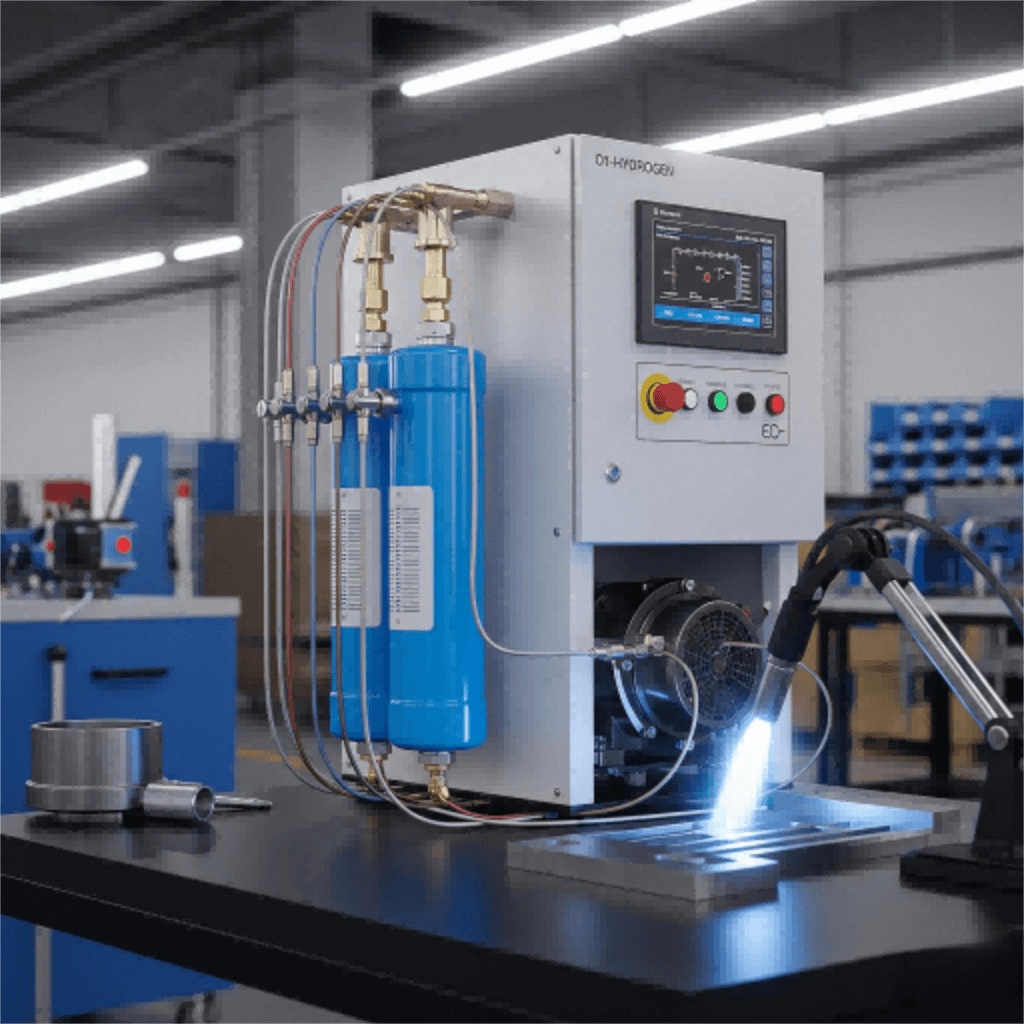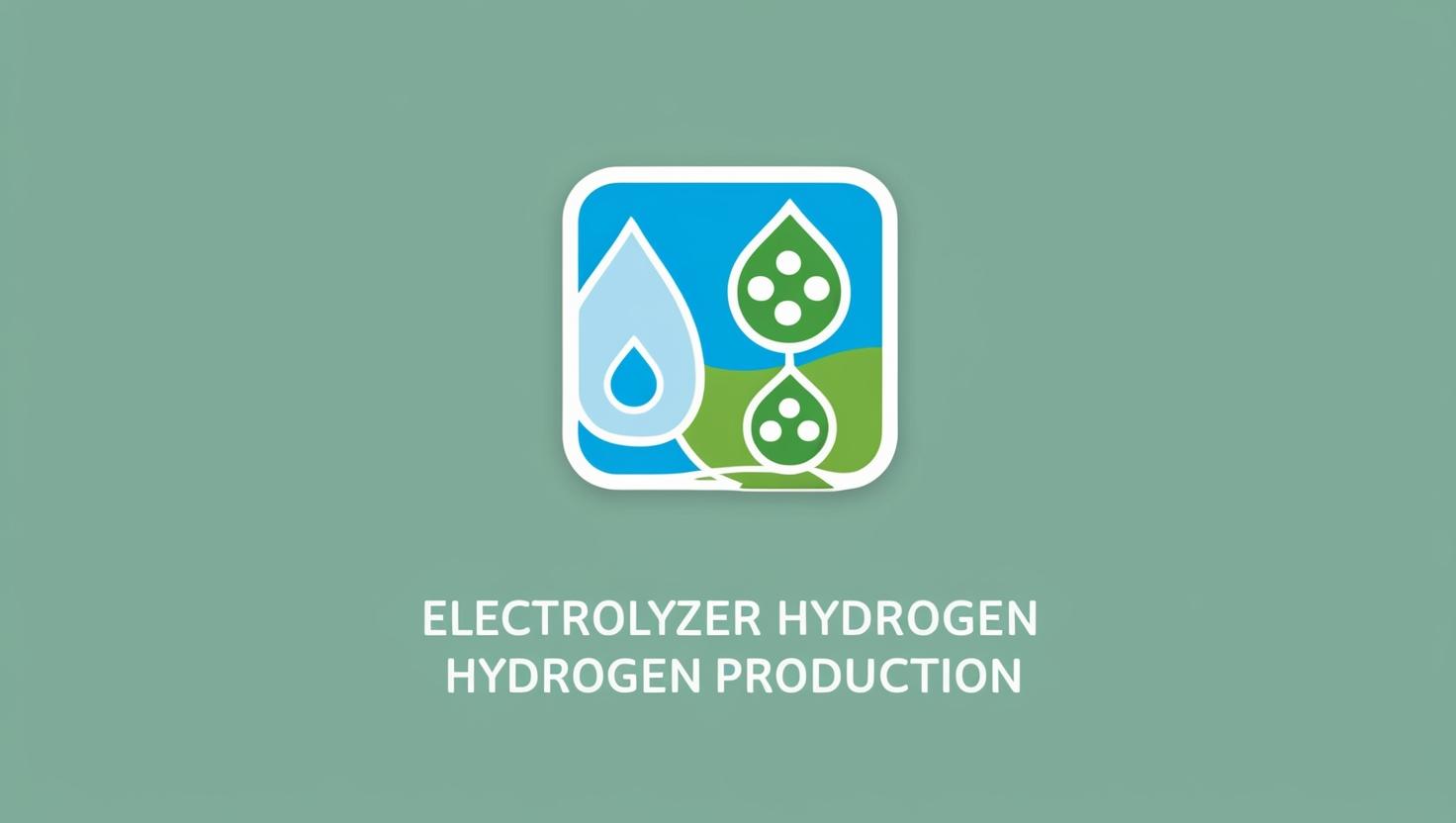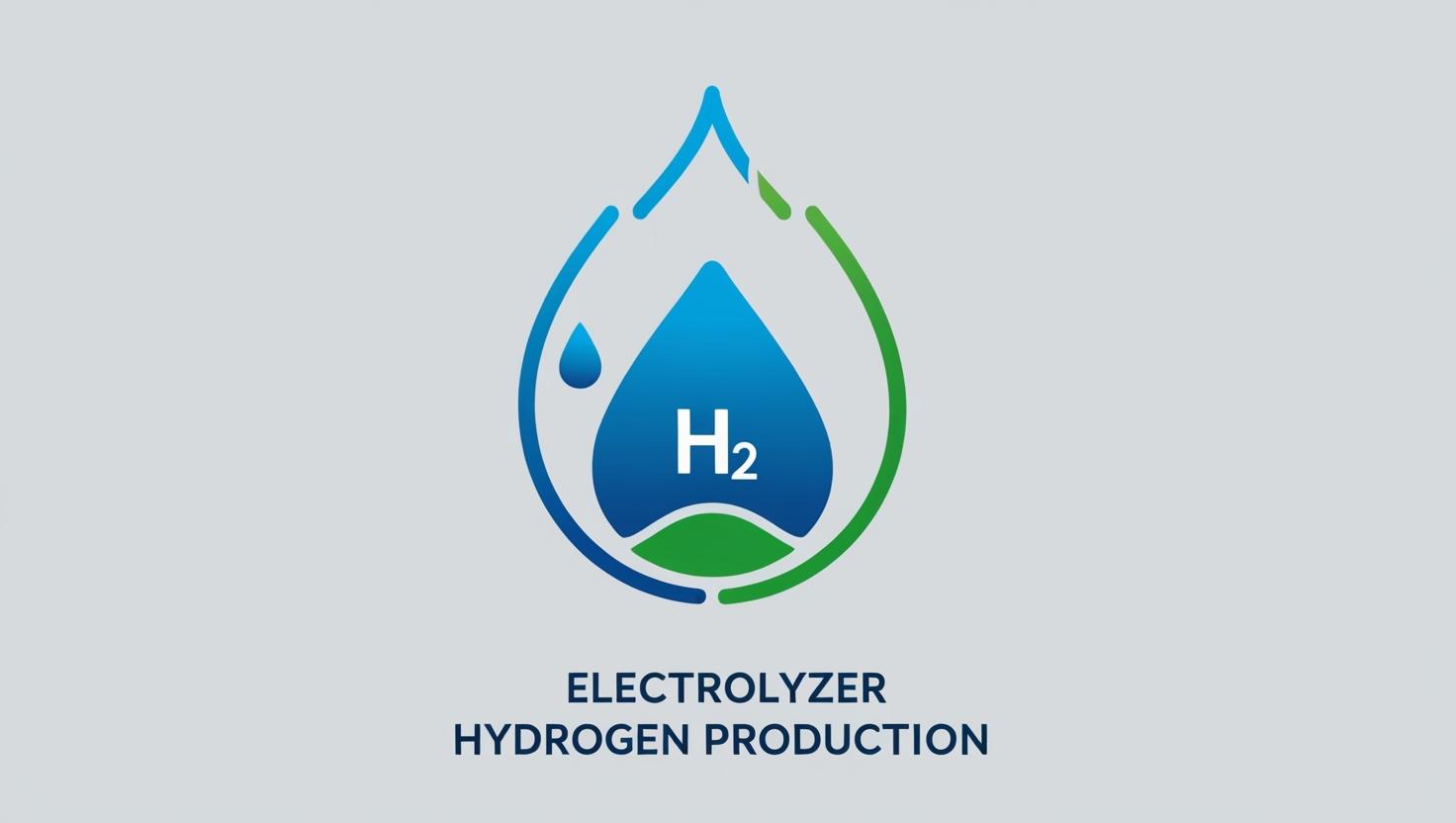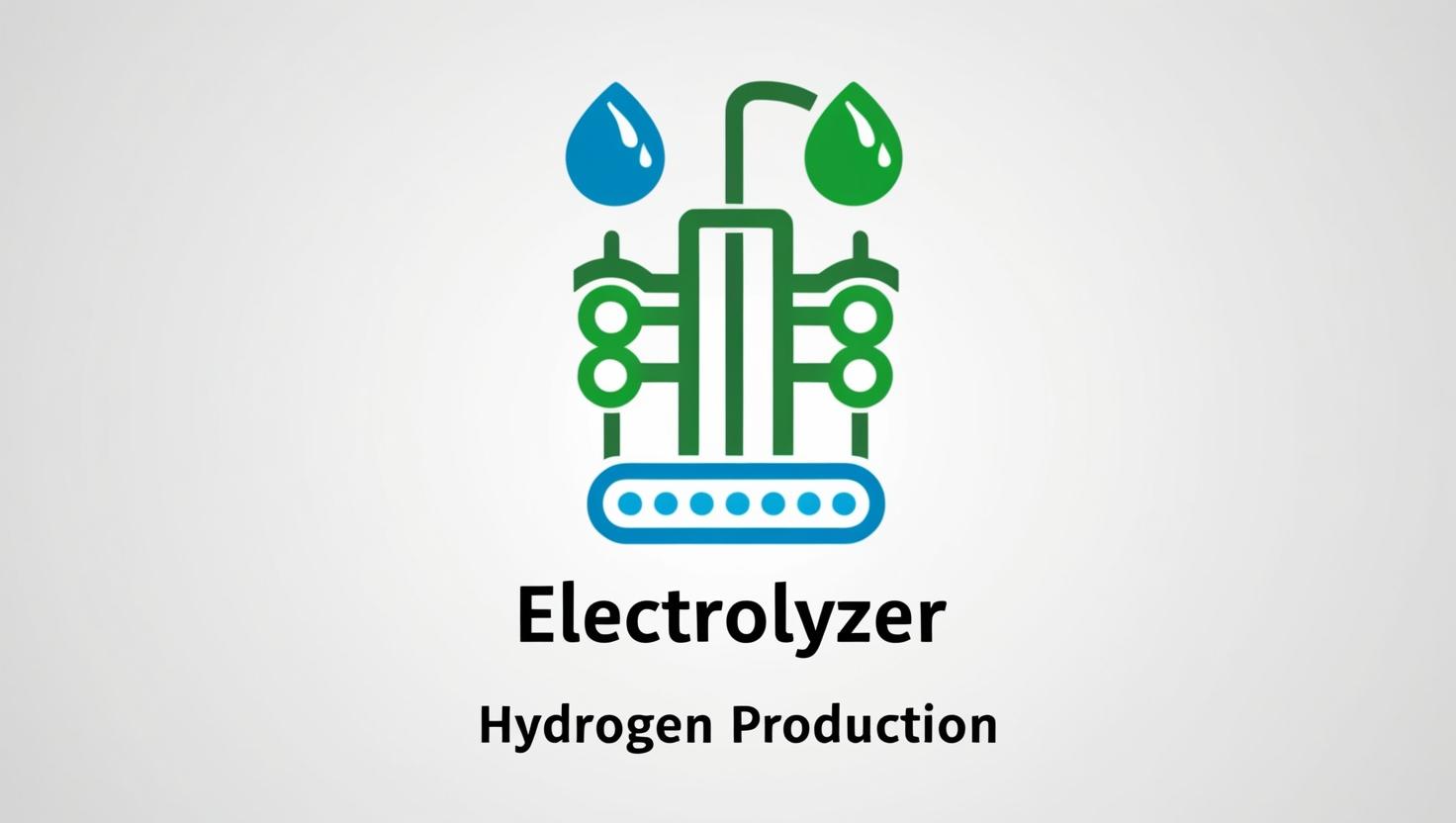I. Introduction: The Rising Demand for Fuel Efficiency in Trucking
As global fuel prices fluctuate and environmental regulations tighten, the trucking industry is under increasing pressure to cut fuel consumption and reduce carbon emissions. Fleet operators, logistics companies, and independent truckers alike are actively seeking solutions that can offer immediate savings while promoting sustainability.
Among the most promising innovations is the hydrogen generator for truck fuel saving—a technology that enhances internal combustion engines by injecting hydrogen gas into the air-fuel mixture. This simple yet powerful concept significantly improves fuel combustion, leading to better mileage, increased torque, and fewer emissions.
This article delves deep into how hydrogen generators work, the fuel-saving benefits they offer, how to install them, and what kind of return on investment (ROI) you can expect. Whether you’re managing a fleet or driving long hauls independently, understanding this green technology could mean major long-term savings.
II. How Truck Hydrogen Generators Work
A. The Electrolysis Process
At the core of hydrogen generator systems lies the process of electrolysis. This is the method by which water (H2O) is split into hydrogen (H2) and oxygen (O2) gases using an electric current. The hydrogen gas produced is known as Brown’s gas or HHO, a highly flammable compound that enhances fuel combustion when introduced into a vehicle’s engine.
B. On-Demand Hydrogen Production
Unlike stored hydrogen fuel systems, these generators produce hydrogen on-demand. That means the gas is only generated while the engine is running, ensuring minimal risk and eliminating the need for heavy or high-pressure hydrogen tanks.
This real-time production system is both energy-efficient and practical, especially for long-haul trucks where weight, space, and safety are constant concerns.
C. Integration with the Engine
The generated hydrogen is typically fed into the air intake system of the truck. When mixed with the standard diesel or gasoline-air mixture, it facilitates more complete combustion. This results in smoother engine operation, less carbon buildup, and better fuel efficiency.
III. Fuel-Saving Mechanisms: How Hydrogen Enhancement Boosts Efficiency
A. Improved Combustion
Hydrogen has a much higher flame speed and lower ignition energy than diesel. When added to the combustion chamber, it helps ignite the diesel-air mix more thoroughly and rapidly. This ensures that more of the fuel is burned during each engine cycle, leading to less fuel waste and more usable power.
B. Increased Engine Power
With hydrogen-enhanced combustion, trucks often experience better throttle response and increased torque. This allows for smoother acceleration and reduces the need for excessive engine strain, particularly during heavy loads or uphill climbs.
C. Reduced Fuel Consumption
Multiple real-world tests and user reports suggest that installing a hydrogen generator can lead to fuel savings of 10–25%, depending on the truck model, load, terrain, and driving habits. Some advanced systems even claim up to 30% savings under optimal conditions.
D. Lower Emissions
Cleaner combustion means fewer harmful exhaust gases. Hydrogen generators contribute to lower CO2, NOx, and particulate matter emissions. For companies focused on green logistics or carbon offsetting, this benefit alone can be a game-changer.
IV. Installing a Hydrogen Generator on Your Truck: A Step-by-Step Guide
A. Choosing the Right System
When selecting a hydrogen generator, consider:
- Your truck’s make, model, and engine capacity.
- Daily mileage and fuel type.
- Space availability under the hood.
- Budget for initial setup and maintenance.
Research reputable brands and read reviews from other truckers who’ve used similar systems.
B. Professional vs. DIY Installation
Professional installation ensures compliance with safety and manufacturer standards. It’s ideal for fleet operators or less mechanically inclined individuals.
DIY installation, on the other hand, may save on labor costs and can be done with a basic understanding of automotive systems, provided detailed instructions are followed.
C. Step-by-Step Installation Overview
- Mounting the Hydrogen Generator Unit: Securely fasten the unit inside the engine bay using vibration-resistant brackets.
- Connecting to the Electrical System: Link the system to the truck’s battery or alternator to power the electrolysis cell.
- Plumbing the Hydrogen Output: Run a durable, heat-resistant tube from the generator to the air intake manifold.
- Grounding and Safety Checks: Ensure the system is properly grounded, leak-checked, and protected from engine heat.
D. Safety Precautions
- Always use non-flammable materials.
- Place the unit away from exhaust components.
- Double-check all fittings for gas leaks.
- Include a flashback arrestor to prevent combustion backflow.
V. Return on Investment (ROI): Is a Hydrogen Generator Worth It?
A. Calculating Fuel Savings
Here’s a simple calculation method:
Monthly Savings = (Average Monthly Mileage / MPG) × Fuel Cost × % Improvement in Efficiency
Example: If a truck gets 6 MPG and travels 10,000 miles/month, at $4 per gallon, a 20% efficiency boost saves $1,333/month.
B. Installation Costs
Expect to pay between $500 to $2,500, depending on the system quality and whether you go DIY or professional.
C. Maintenance Expenses
Recurring costs may include:
- Electrolyte refills every 1,000–3,000 miles.
- Occasional filter replacements.
- Cleaning electrode plates annually.
These typically cost under $200/year.
D. Payback Period
Most truckers recover their investment within 3 to 9 months, especially those logging high mileage.
E. Government Incentives and Rebates
Depending on your location, local or federal incentives for green technologies might apply. Programs promoting emission reductions could offer tax credits or grants for clean tech upgrades.
VI. Maintenance Requirements for Long-Term Performance
A. Regular Inspections
Check weekly for:
- Water levels
- Hose connections
- Visual wear or corrosion
B. Electrolyte Replacement
Use distilled water and a specific electrolyte mix (often KOH or NaOH). Replace every few thousand miles depending on usage.
C. Filter Cleaning or Replacement
Carbon and particle filters should be checked monthly and replaced as needed to prevent airflow blockages.
D. Troubleshooting Common Issues
- Low gas production: Check water levels or faulty electrical connections.
- Backfiring: Ensure flashback arrestor is installed.
- Leaks: Tighten all seals and inspect tubing.
VII. Conclusion: Hydrogen Generators – A Smart Investment for Fuel-Conscious Truckers
Hydrogen generators for trucks offer a practical, cost-saving, and eco-friendly way to combat high fuel prices and comply with emission standards. They not only improve mileage but also enhance engine performance and longevity.
By choosing the right system, installing it properly, and maintaining it regularly, truck owners can reap long-term benefits. Whether you’re managing a commercial fleet or running your own rig, a hydrogen generator could be your next smart investment on the road to efficiency.
Frequently Asked Questions (FAQs)
1. How much fuel can I realistically save with a hydrogen generator for my truck? You can expect 10–25% savings, though this depends on your engine type, driving conditions, and the quality of the system.
2. Is installing a hydrogen generator safe? Yes, when installed properly with the correct safety features like flashback arrestors and quality tubing.
3. Does using hydrogen damage the engine? No. In fact, it can reduce carbon buildup and improve combustion, potentially extending engine life.
4. How often do I need to replace the water or electrolyte? Typically every 1,000 to 3,000 miles, depending on usage.
5. Can I install it myself or should I hire a professional? DIY installation is possible with mechanical knowledge, but professional installation is safer and recommended for beginners.
6. Are there any tax incentives for using a hydrogen generator in trucks? Yes, some regions offer tax credits or grants for using clean fuel technologies. Check your local government or energy department.

